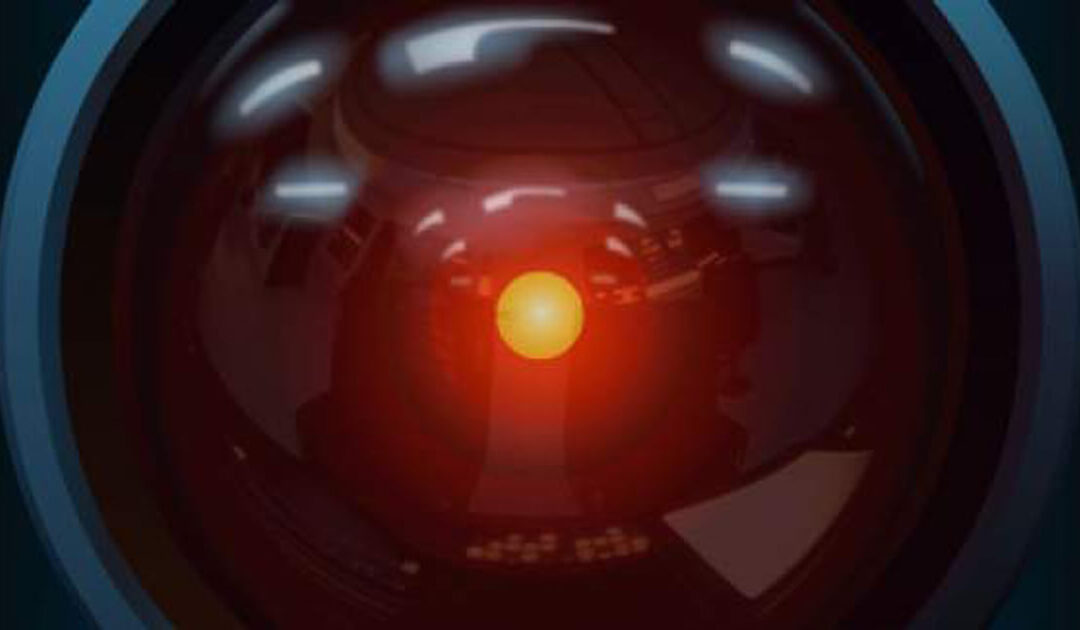Stanley Kubrick’s “2001: A Space Odyssey” premiered on April 2, 1968. Far from April 1 foolishness, it was a complex, factually detailed foray into space, the likes of which had never been seen before.
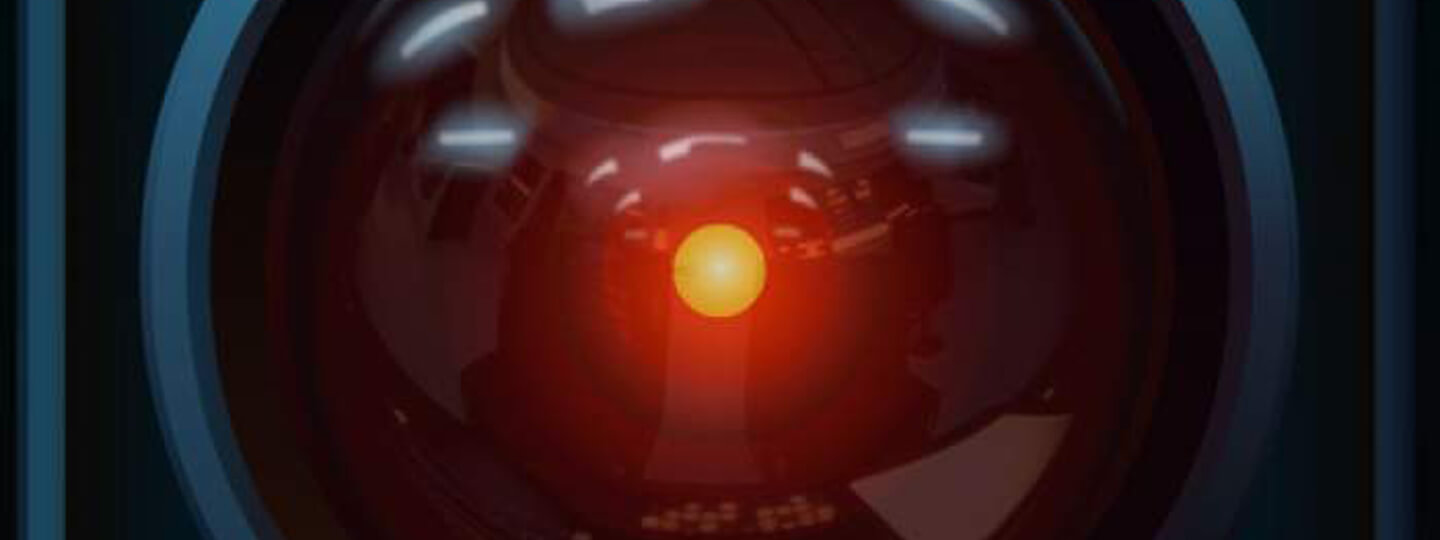
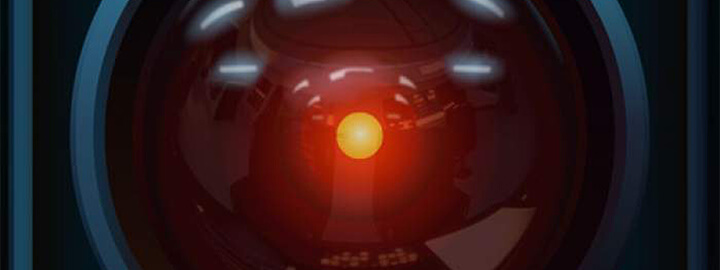
Stargazing: 2001: A Space Odyssey released: HAL and current AI
Stargazing April 1, 2025
Julie Silverman, Carnegie Science CenterStanley Kubrick’s “2001: A Space Odyssey” premiered on April 2, 1968. Far from April 1 foolishness, it was a complex, factually detailed foray into space, the likes of which had never been seen before. It was still a year before Neil Armstrong and Buzz Aldrin would set foot on the moon. Blazing across a new widescreen format called Cinerama was a vision of the future. Things common today, widescreen televisions, an orbiting International Space Station, video communication across long distances, and inflight entertainment, were ideas meticulously researched by astronomical artists and aerospace engineers introduced for the first time.
One of the film’s iconic images is the red eye of HAL 9000. HAL is shown reading the lips of two astronauts who discovered HAL misfunctioning dangerously and pivotally plotting to save themselves. Artificial Intelligence was presented as fascinating and villainous. AI today is commonly part of daily life and a vital component in robotic exploration. The Martian rover Perseverance has AI systems supporting its exploratory mission. AI technology analyzes satellite imagery of Earth to assess the influences of climate change. Landing missions on the moon and deep space travel will rely on Artificial Intelligence.
Siri and Alexa, current AI voice assistants, have embedded a nod to the Sci-Fi film. If you request to “open the pod bay doors,” the programmed response will be HAL’s, “I’m sorry, I can’t do that.”
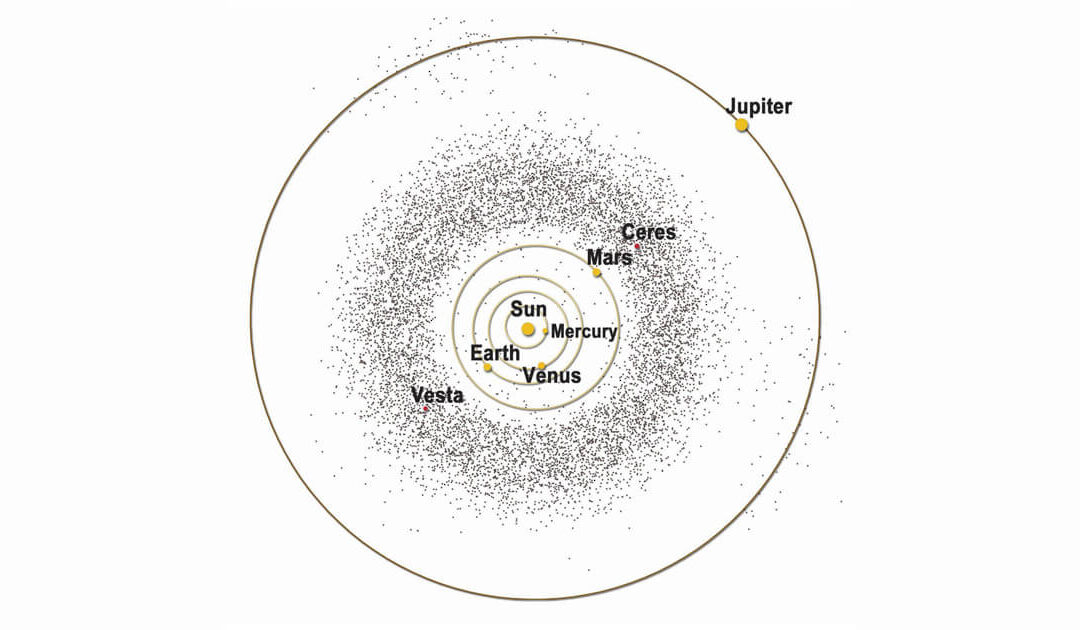
Stargazing: June 30 Asteroid Day – date of Siberian Tunguska Event; largest asteroid impact in recorded history
Pre-dawn hours of June 27 will bring peak opportunities to view June’s Bootid meteor shower. A thin crescent moon will enhance the chances of seeing meteors flash across the sky. Home > Blog ...

Stargazing: Solstice June 20– also, Moon-Saturn-Neptune close approach 5:45 a.m. June 18
Welcome summer! On Friday June 20 at 10:42 p.m. EDT, the sun will reach its northern-most point in the sky. Home > Blog Welcome...
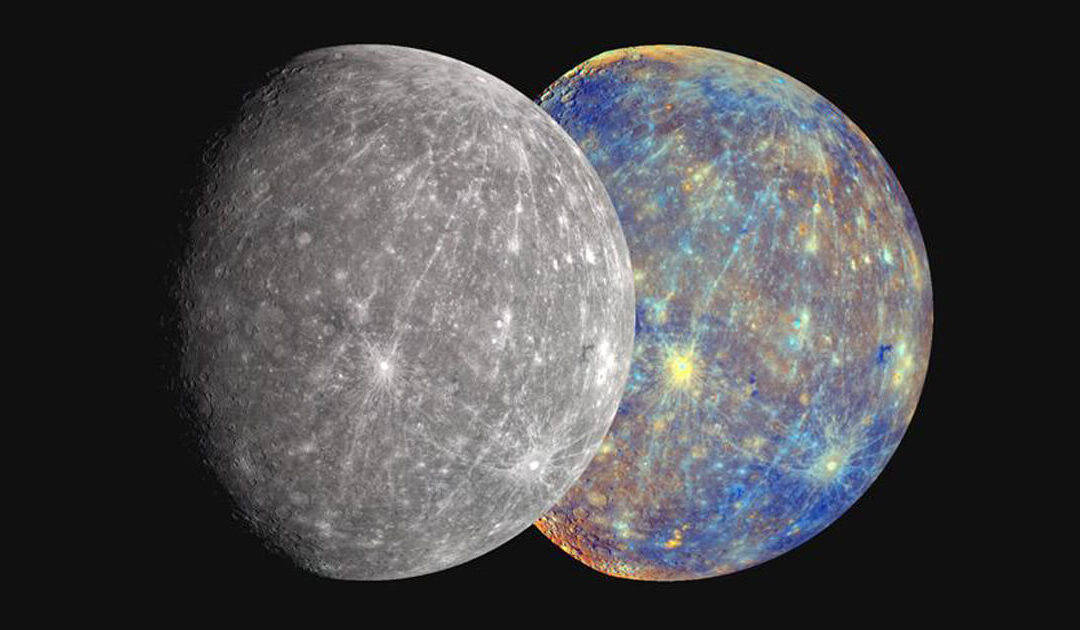
Stargazing: Mercury spotting from June 12-29
Mercury watchers will have several chances to view this elusive planet over the next two weeks. Since Mercury is the closest planet to the Sun, there is a small window in which it is visible. Home > Blog [acf...
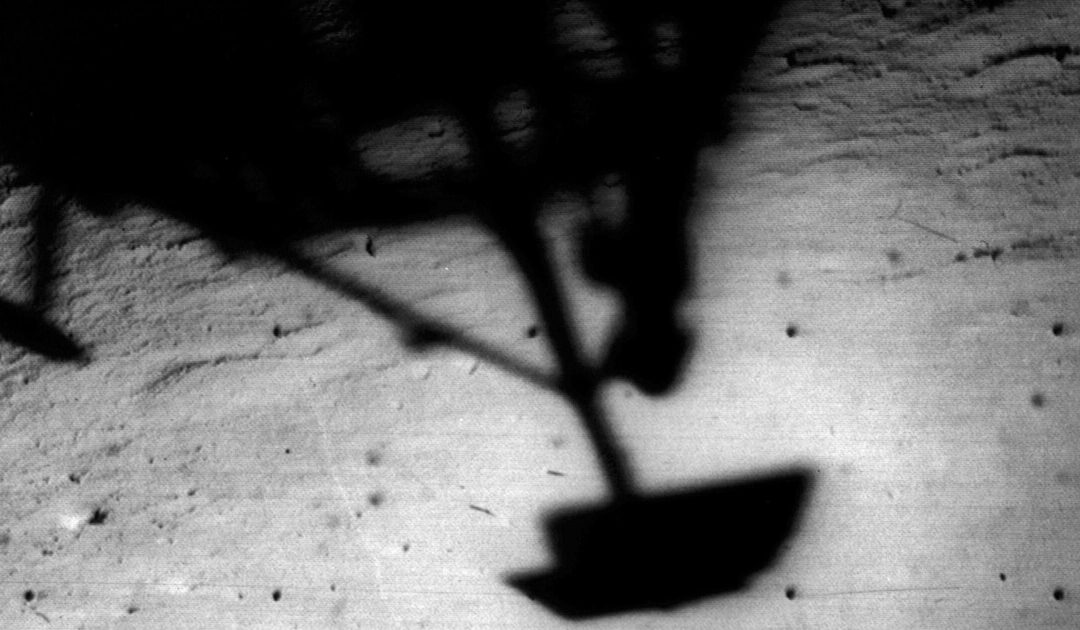
Stargazing: Surveyor 1 June 2 Moon landing 1966
On June 2, 1966, Surveyor 1 softly landed on the lunar surface, and NASA celebrated a significant success in the Space Race. Home > Blog ...
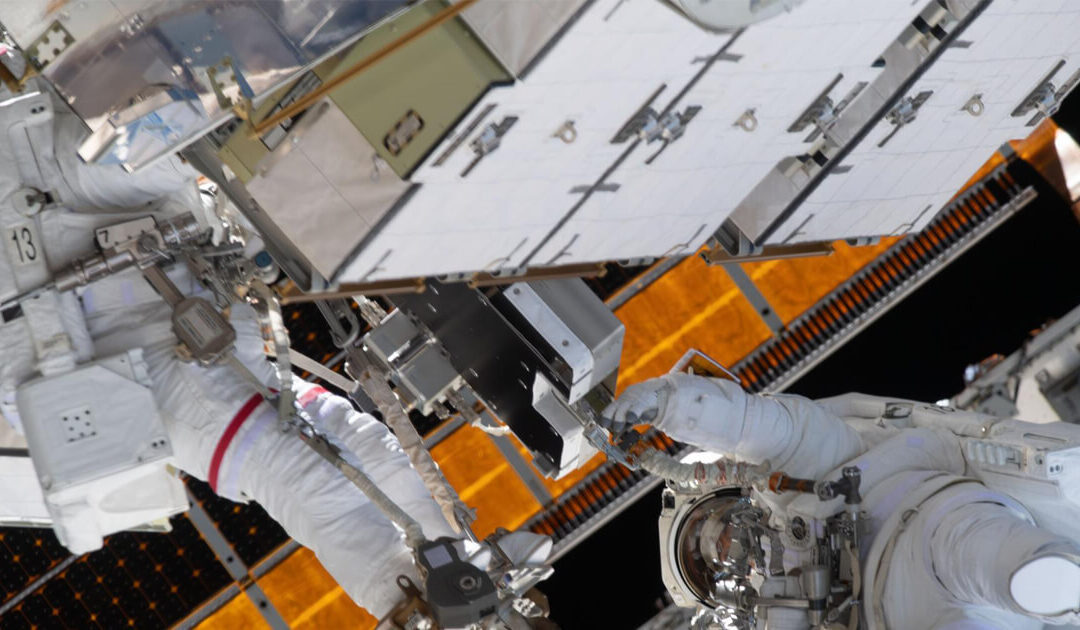
Stargazing: Ed White 1st American to walk in space/ISS’s first all-woman spacewalk
Sixty years ago, an American astronaut walked in space for the first time. At 3:45 pm on June 3, 1965, Ed White opened the hatch of the Gemini 4 mission and propelled himself into space. Home > Blog [acf...
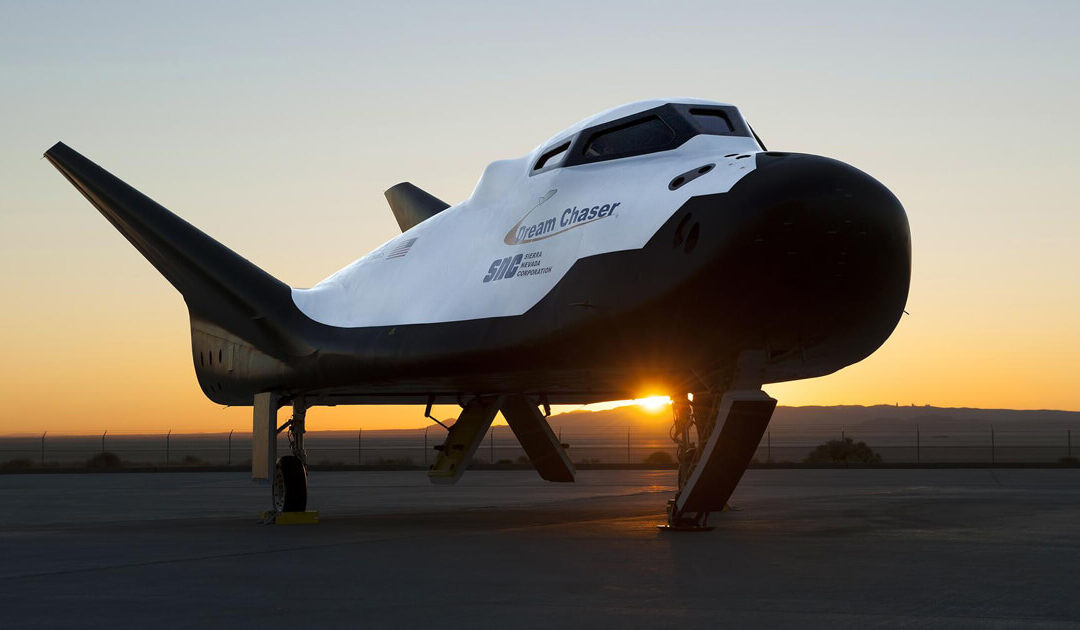
Stargazing: ULA Vulcan Centaur: Sierra Space Dream Chaser
A spaceflight first is poised to take place in May. Sierra Space Corporation, the private Colorado-based company, has been developing a reusable “spaceplane.” Home > Blog [sv...
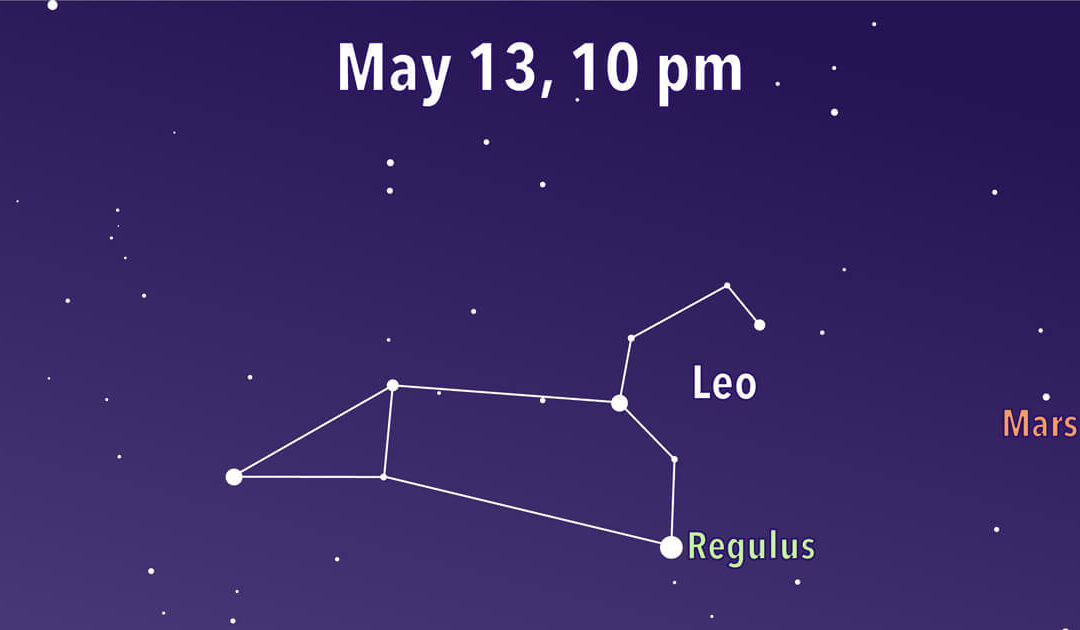
Stargazing: Leo the Lion still regal in the sky
Leo the Lion, the twelfth largest constellation, still regally rules the springtime heavens. It is easy to spot the distinctive backward question mark shape that creates the mane of Leo. A triangle of stars forms the hindquarters. Home > Blog [acf...
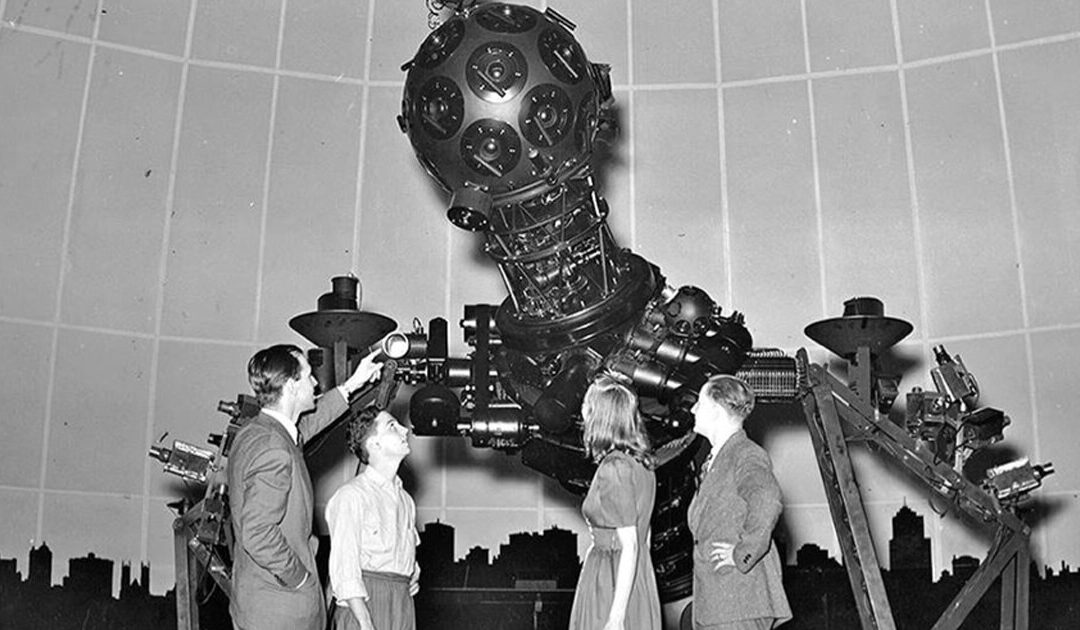
Stargazing: 100 years Planetariums/The beginning of Buhl to today
Pittsburgh's Carnegie Science Center holds the honor of hosting the fifth major Planetarium built in the United States. Home > Blog ...
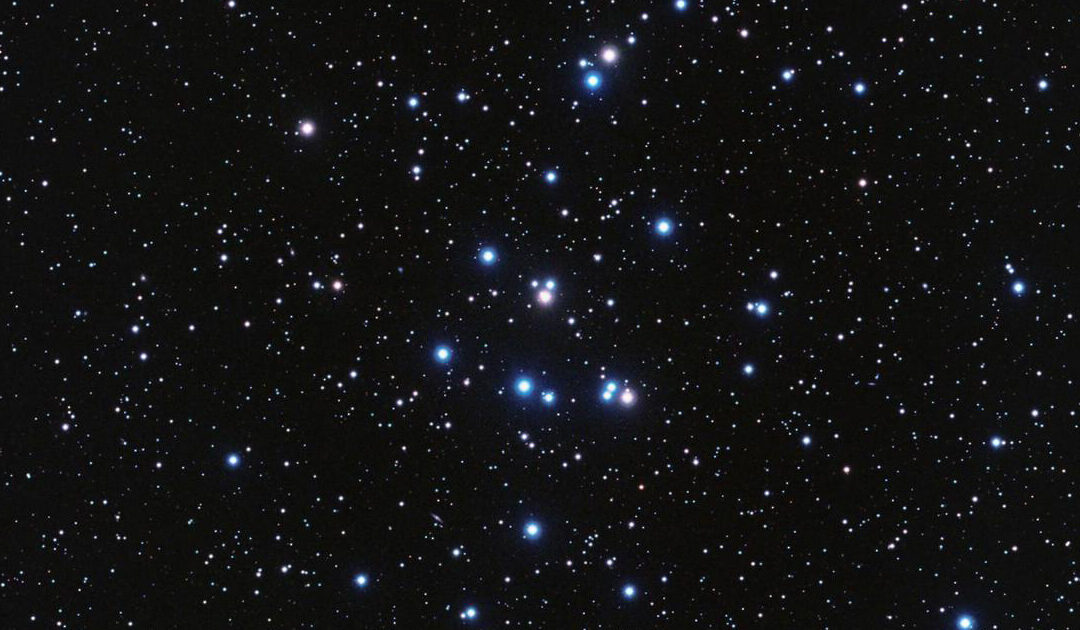
Stargazing: Mars and M44 – Beehive Cluster – close approach May 5
Mars has been dimming from our skies, but its rusty hue is still distinctive to spot. On May 5, a night with a waning gibbous moon, Mars will be in a picturesque conjunction with the open star cluster M44. Home > Blog April 29, 2025 [sv...
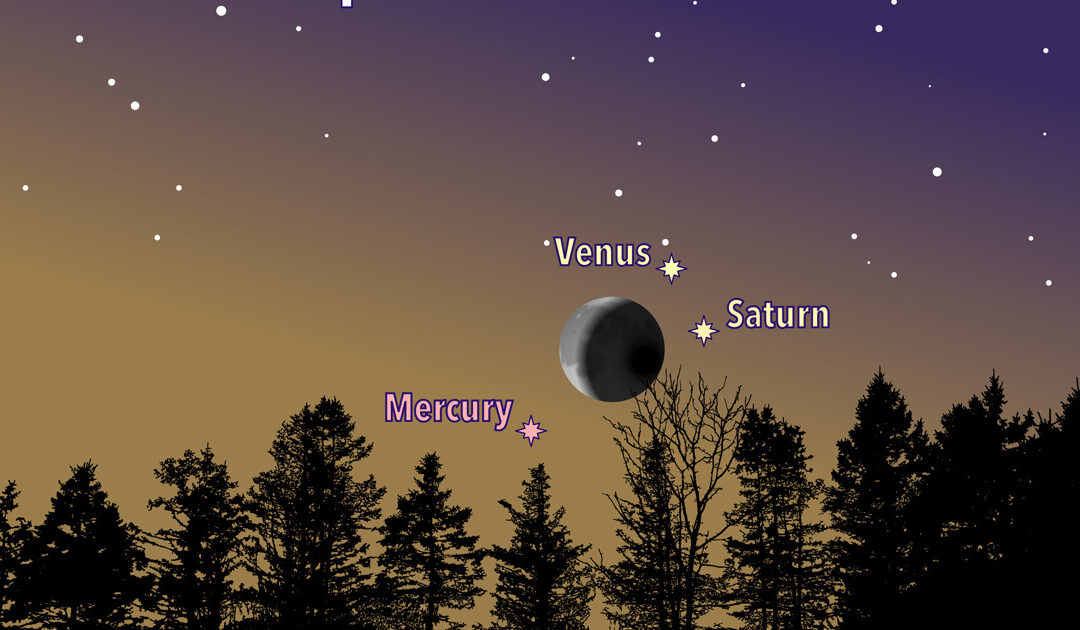
Stargazing: Conjunction Moon, Saturn Venus, Mercury and 55th Anniversary of Earth Day
Early morning skies are putting on a pretty show with Mercury and Saturn, very low to the horizon, visible below a gleaming Venus. On March 25, at 5:45 am, the planetary trio topped by Venus teams up with a waxing crescent moon until sunrise. Home > Blog April...


